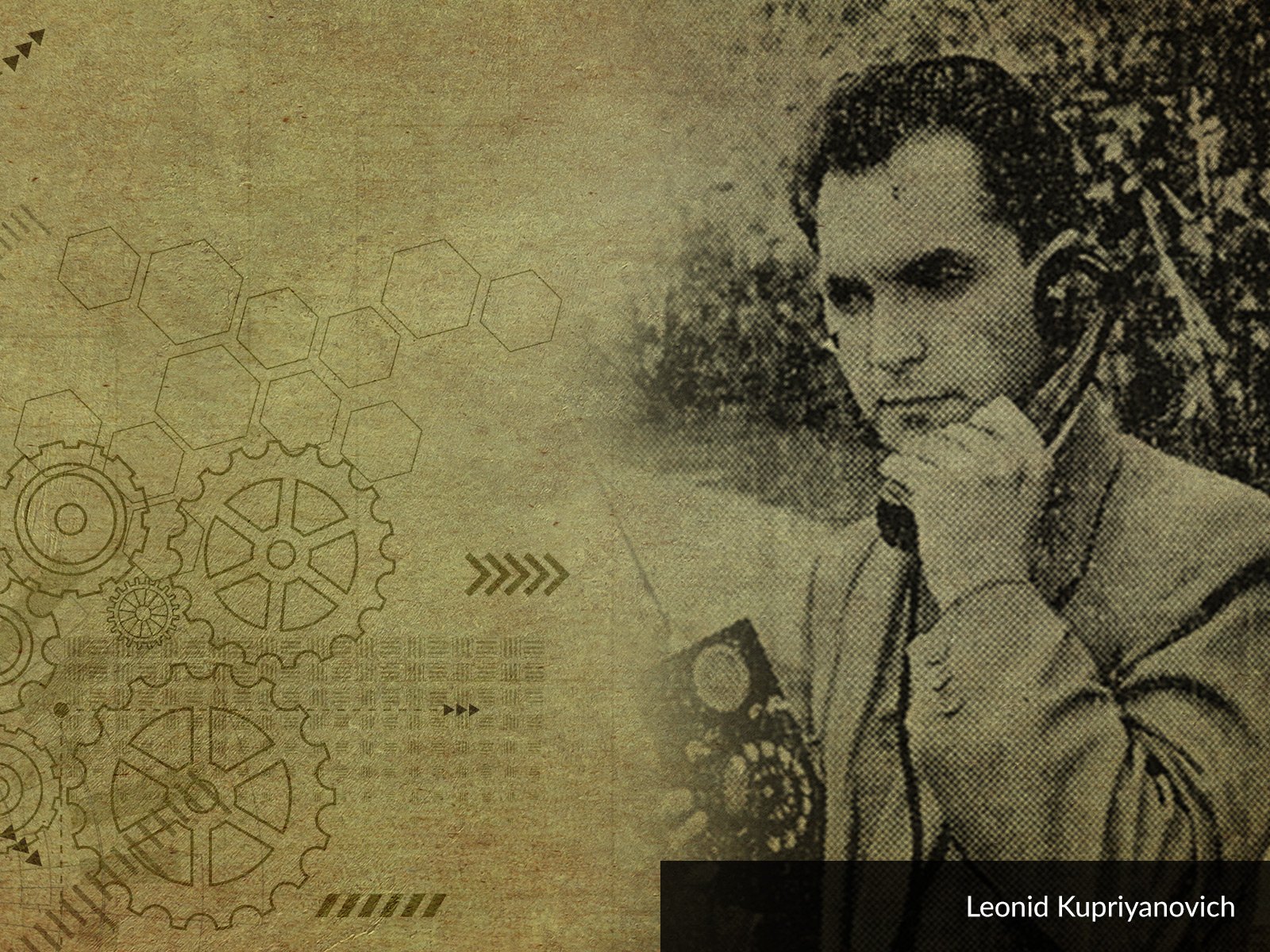
Martin Schadt was born on 16 August 1938 in Switzerland. He was interested in both physics and chemistry, which translated into his future success and led to the beginning of a completely new chapter of consumer electronics.
Schadt studied at the University of Basel, where he received his PhD, and his amazing results opened the door for his future career and internship in the National Research Council of Canada. There, he made his first important discovery – he created the first OLED diode. This invention was the beginning of a completely new way, mainly for manufacturers of displays, leading to the development of thin screens offering impressive colour accuracy and contrast.
After coming back to his country, the talented electrician could only be interested in one thing – he was included in the research team of a renowned watchmaker brand “Omega”. There, he mostly focused on using the hydrogen maser technology in atomic clocks. In 1970, Schadt joined a group of Hoffmann-La Roche researchers, who focused on the liquid-crystal technology. We wrote about their beginnings when we presented the achievements of Vsevolod Frederiks.
Martin Schadt and LCDs
In collaboration with Wolfgang Helfrich, the Swiss physician managed to use TN to create an LCD in the same year. Also in the same year, the inventors obtained over 20 patents all over the world. Interestingly, the German patent office rejected their application, failing to see the inventiveness of the discovery. Thankfully, electronic manufacturers noticed the potential of the invention, and so did Martin Schadt’s employer, who (even though it was formerly a pharmaceutical business) quickly became one of the main suppliers of liquid-crystals.
In the following years, Schadt refined his invention by developing liquid-crystal mixtures and technologies, thanks to which this type of display got very popular and quickly became a leading solution in both consumer and industrial electronics. In 1994, he founded his own R&D company Rolic Ltd. However, he resigned in 2002 to become an independent consultant to various research groups. Throughout his career, he obtained over ent of electronics he received, among others, the European Inventor Award, the Fellow Award of the European Academy of Sciences, the Robert Wichard Pohl Prize awarded by the German Physician Society, as well as many other awards.
LCDs and OLEDs
The most popular uses of liquid-crystal displays are probably TVs, computers, phones – or at least they belong to the most easily recognised uses of this technology. In fact, its applications are practically unlimited, because nearly all devices that present data – i.e. communicate with the human – require a display. Of course, this display can be made using LED indicators or sound signals, however, this will not always be a practical solution. The standard digital, alphanumeric and graphic displays, which were standardised thoroughly over the years, have recently been joined by OLED displays (whose history is also related to Martin Schadt). They are available in the form of modules with easily implemented controllers, allowing for a quick development of not only prototypes, but also devices intended for mass production. LCDs and OLEDs are found in measuring instruments, automation components and watches. Now, they are nearly everywhere, although their development and production have not been easy. What is more, the technology has got refined so much that nowadays liquid-crystal displays substitute all on-board instruments in many vehicles, because this technology is recognised as mostly reliable. It is quite upbuilding that Martin Schadt has lived up to the times where people learn his name mostly using his own invention – flat computer screens, exactly like the one that you're using right now to read this text.





